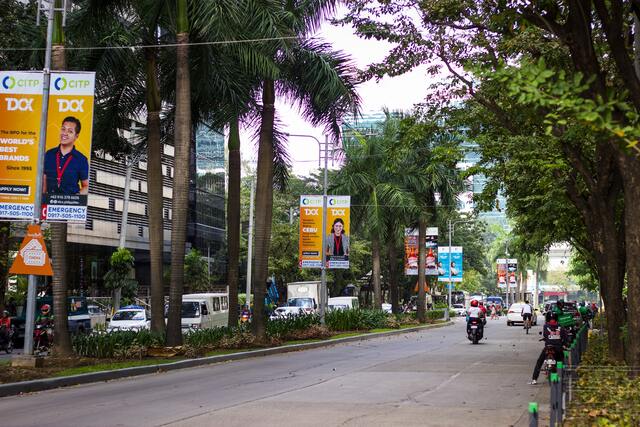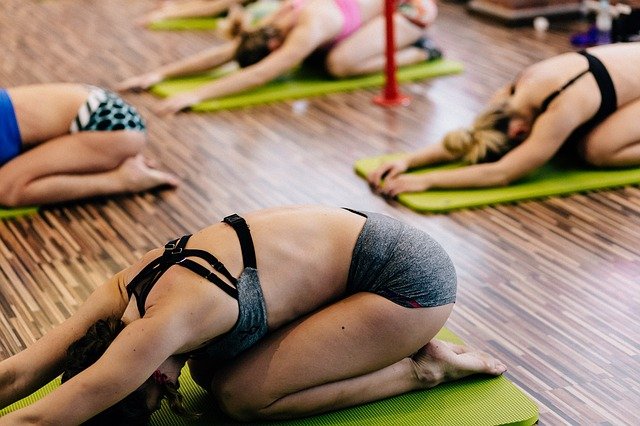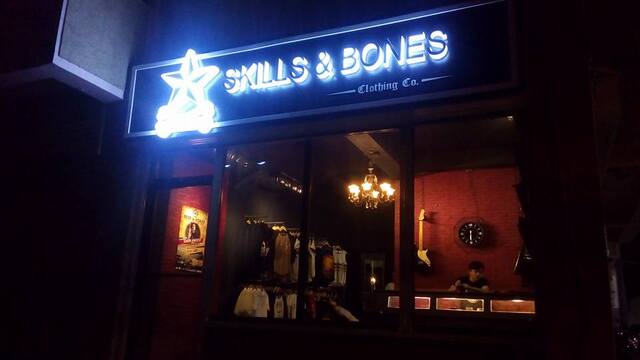Film Is Not DEAD!
Manual cameras are romantic, digital cameras are democratic.
Lomographers, most especially, are probably the strongest group that still supports film. Lomo shots, or ‘happy accidents’, are well known for its highly saturated colors, grainy effects, off colors and vignetting. No qualms about composition, exposure or focus.
How does one become a lomographer? First, you’ll need a simple film camera called a lomo camera – maybe an LC-A, Holga or Diana. Second, learn to ‘shoot from the hip’. There are other aspects you need to consider as well – techniques, buying film, types of film, and developing the rolls. The Analog Cebu group, a fairly young but growing group, guides you through lomography, Cebu style.
Buying Lomo Cameras
When selecting a lomo camera, first know what these cameras do. Know what you want to achieve and the techniques you wish to use—redscaling, overexposure/underexposure, multiple exposure, etc., and see if the camera in mind is capable of doing these.
Most Cebu lomographers bought their cameras online, through Multiply or Lomography.com. Watch out when purchasing lomo cameras online abroad: many buyers have fallen victim to paying steep customs duties.
If you prefer to buy the cameras personally, you can buy them at Team Manila.
Purchasing Film
Films are available in most photo studios and stores around Cebu—mostly Kodak, Fujifilm, Solid Gold, etc. However, most lomographers opt to use expired film because of its interesting effects: graininess, color shifts, muddy photos, etc. Expired film can be bought online, or downtown—you can ask in stores for their expired rolls and purchase them for a much lower price (hint: learn the art of bargaining!).
You can speed up the life span of the film by keeping it in a warm place where it gets plenty hours of sunshine. This will cause your film to ‘age’ faster, giving you the desired effects of an expired film.
Developing your Rolls
The most obvious place to develop your rolls is in photo studios such as Kodak, Fujifilm or Mitsubishi. Prices differ from one store to another. A bit pricey especially in malls, so you can head downtown to have your films developed in smaller photo shops in Colon. You can also check Foto Jaya Studio in Talamban.
The biggest disadvantage for Cebu lomographers is the absence of studios that could process 120s.
Lomography is seductively easy to love because there are no rules. Don’t think, just shoot. There are no bad photos in lomography—it is created purely for the user’s enjoyment and fancy.
(Thanks to the Analog Cebu group for their contributions—Especially to Melody Sy, Cherry Ann Paca, Larry Pitoc, Makoy Ladanan, Bram Asuncion and Roxie Taga Isla)
*Check them out here, Analog Cebu.









